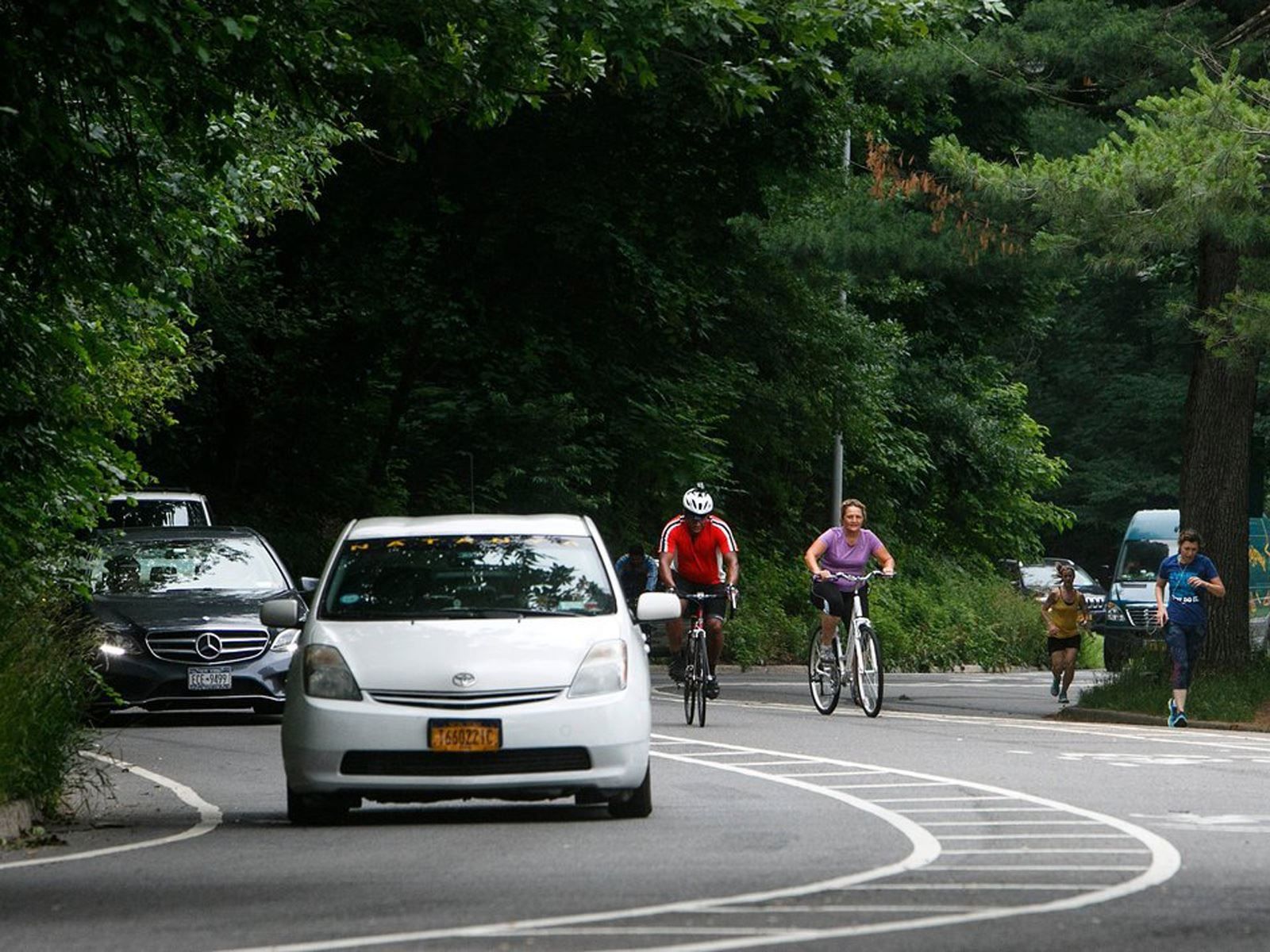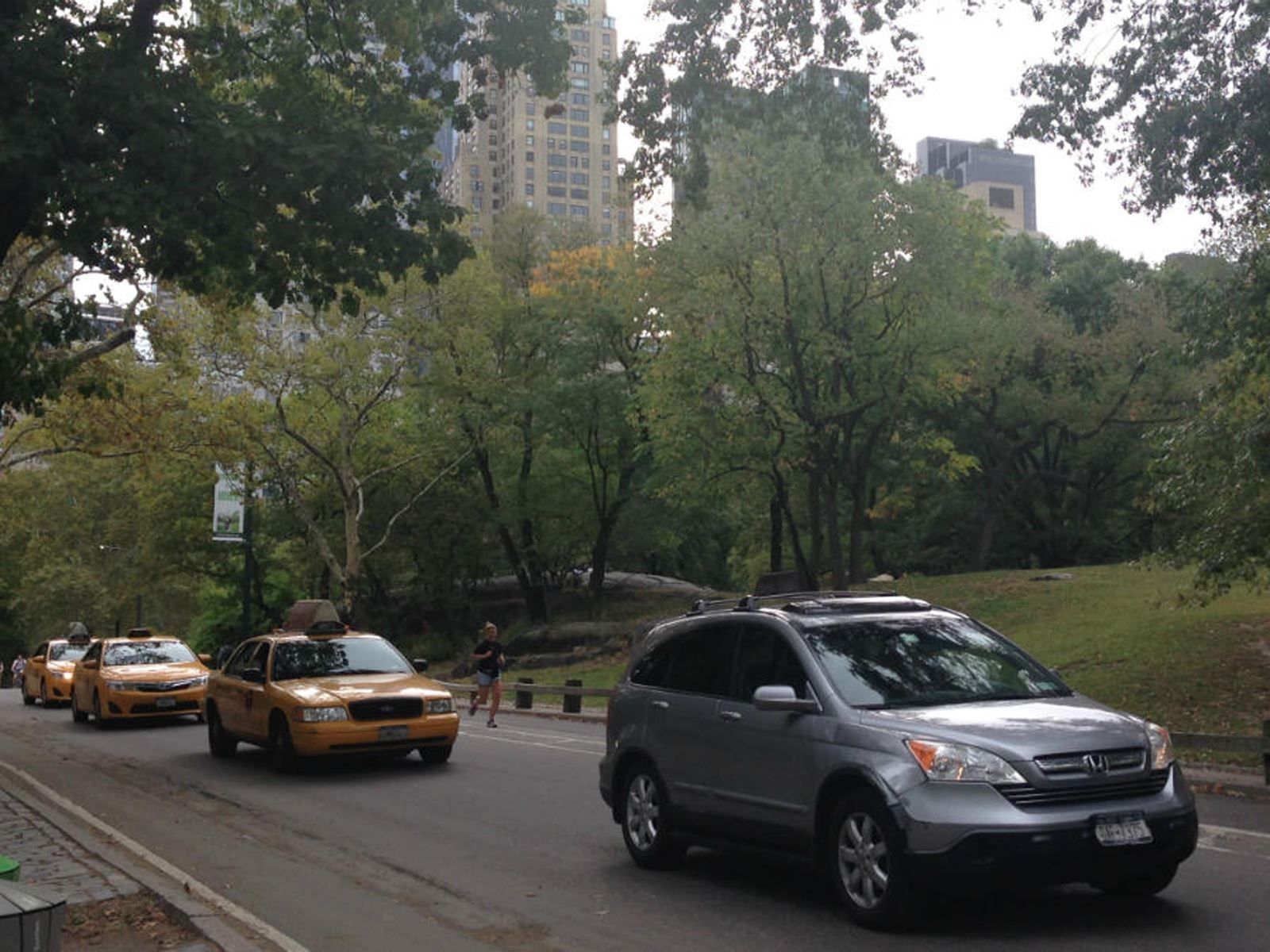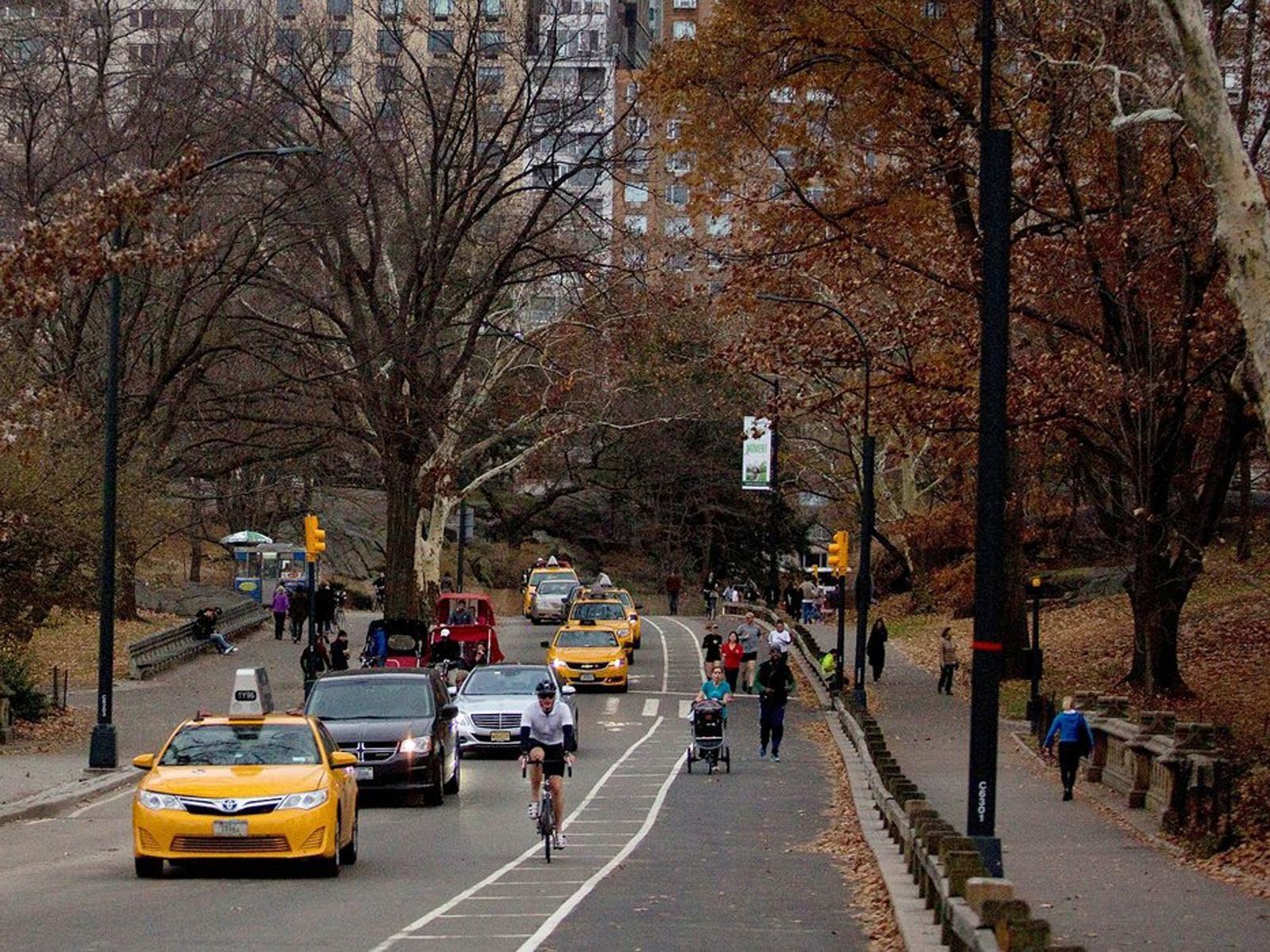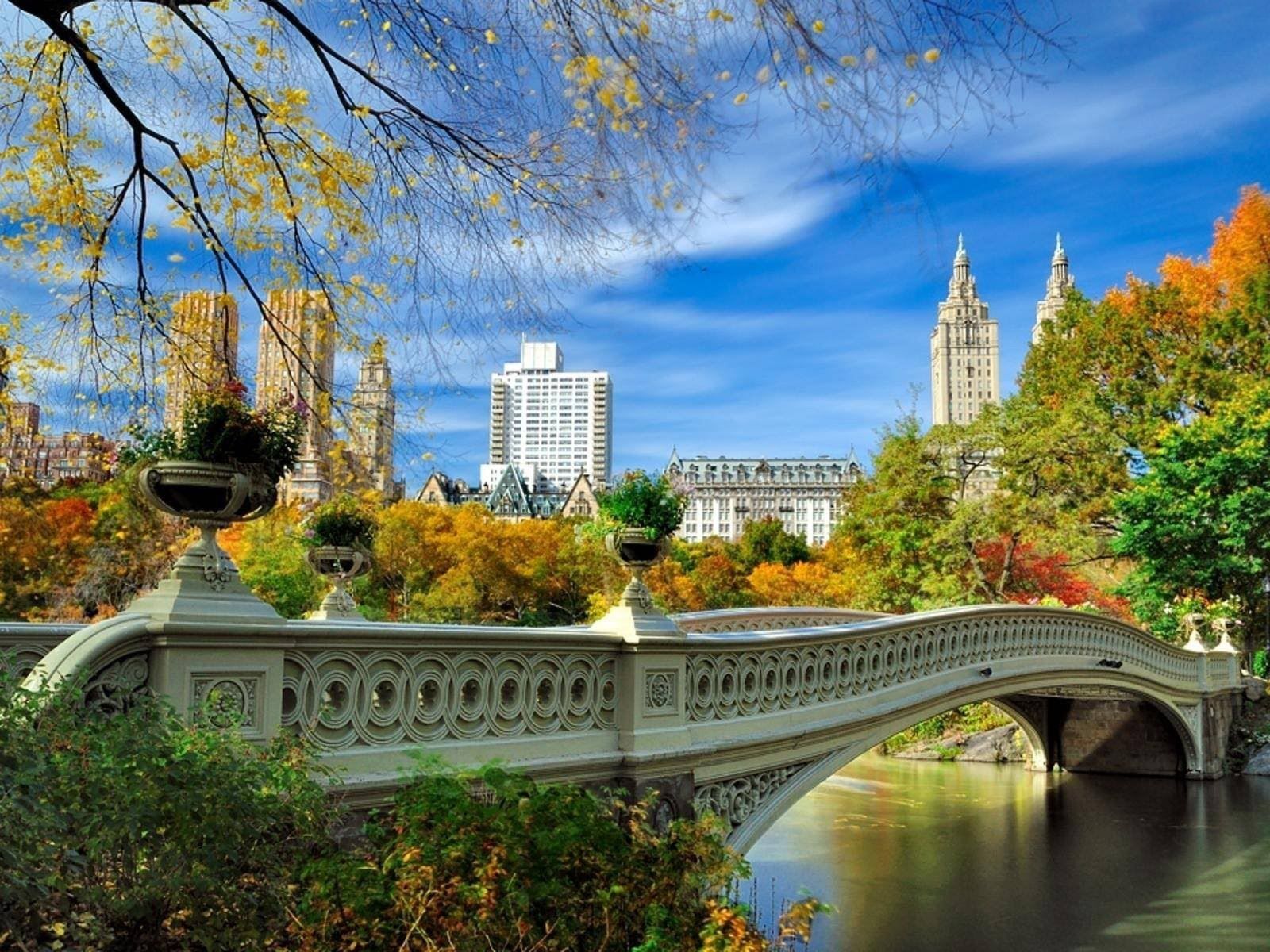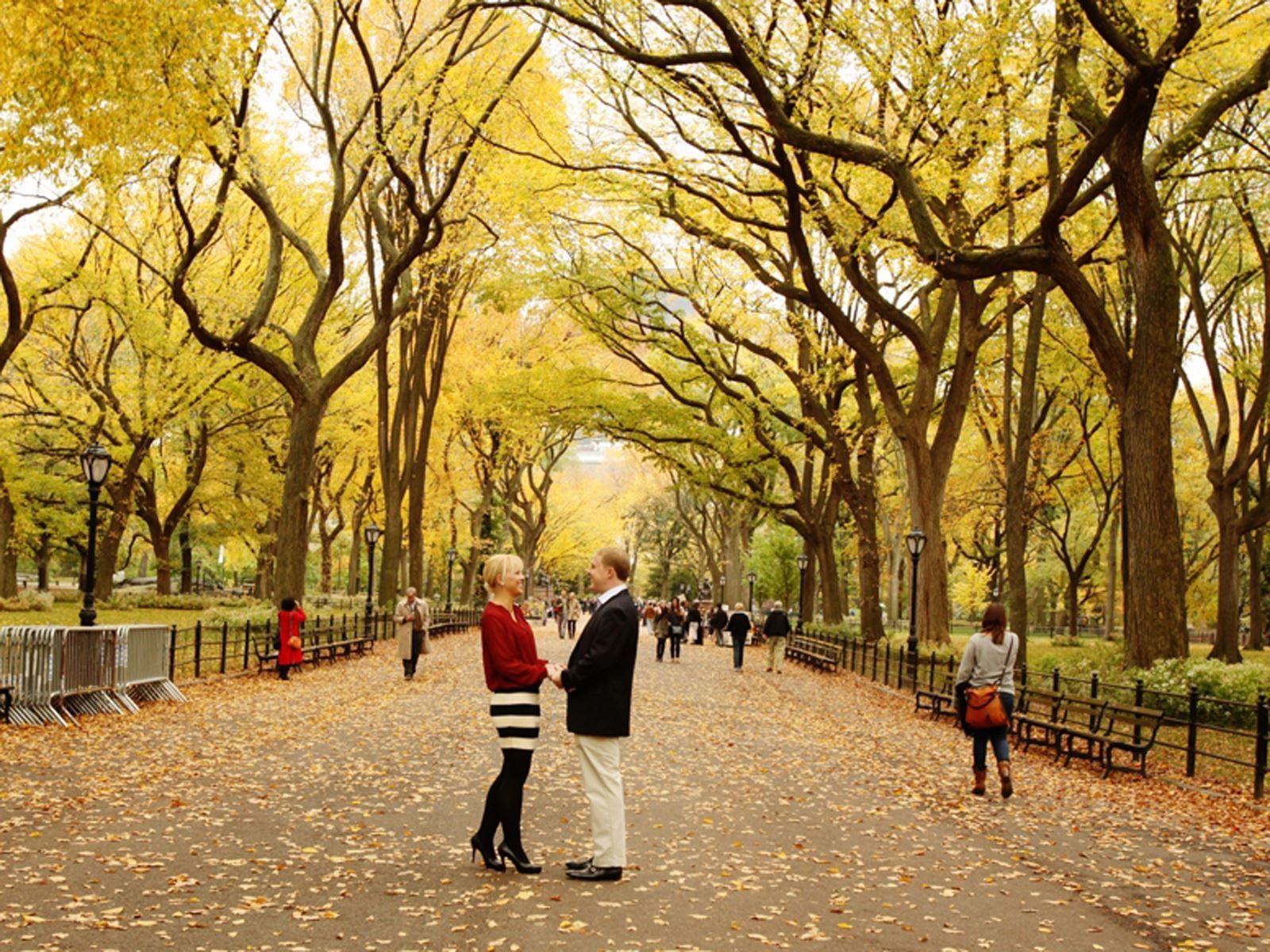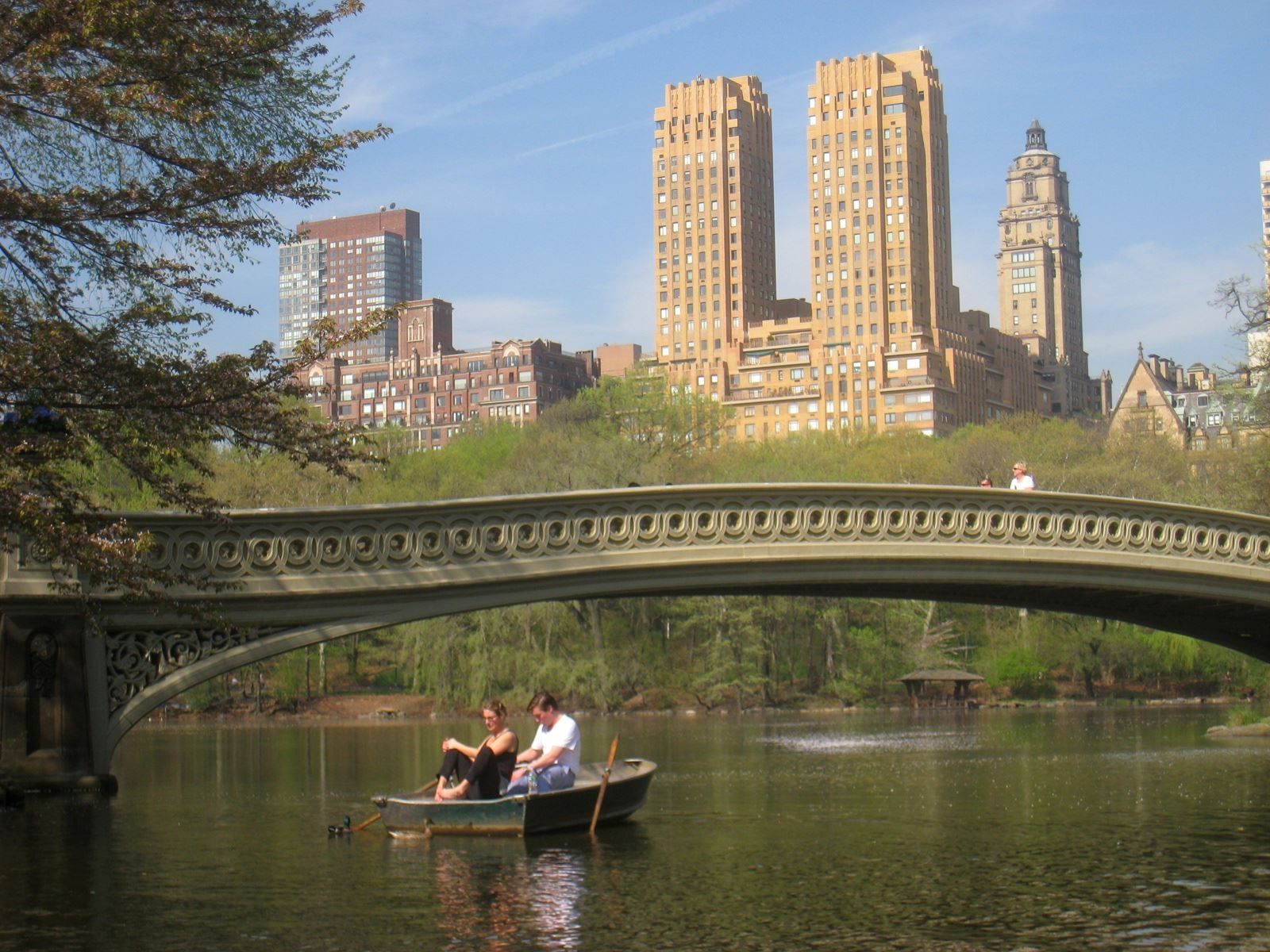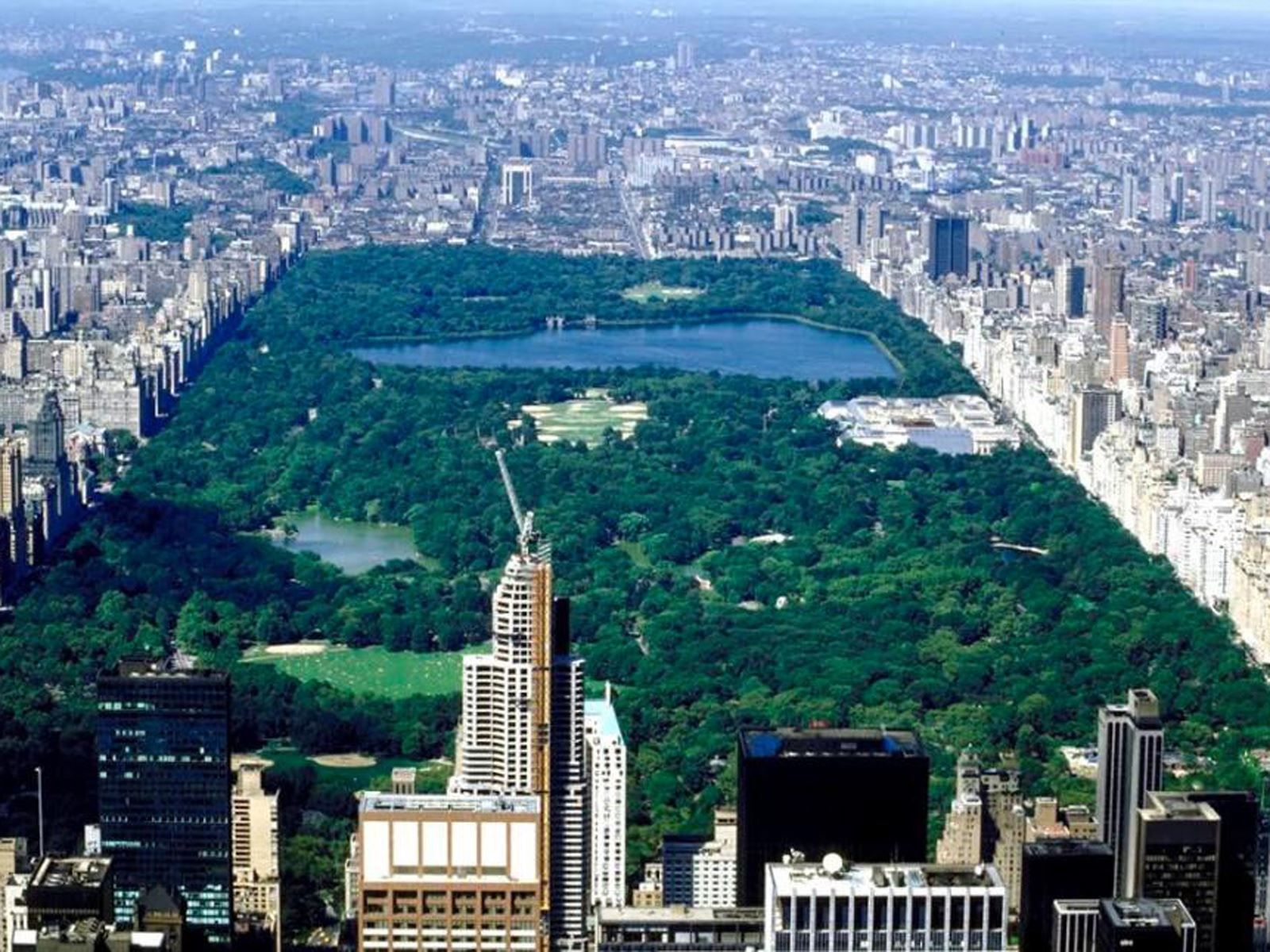
According to The New York Times, starting this June 27th, New York City's Central Park is about to change forever. Mayor Bill de Blasio has just announced that's when the Big Apple's most park will officially begin banning motorized vehicles. Walkers, joggers, bikers, and various wildlife are obviously thrilled. "This park was not built for automobiles," Mr. de Blasio said during the announcement Friday in Central Park. "It was built for people." The vehicular ban will include all roads through Central Park below 72nd Street.
The sole exceptions to the new law will be Parks Department vehicles, emergency services, and the police. Aside from making the park more pedestrian friendly, de Blasio's other goal is to reduce air pollution. Last year, a total of 42 million people visited the park and this figure will certainly increase now that it'll be safer and cleaner. But if you look back at Central Park history, you'll discover this isn't the first time a vehicle ban has been initiated. Back in 1966, then Mayor John V. Lindsey decided to ban cars from the park on Sundays. The following years, Saturdays were included. In 2015, Mayor de Blasio banned cars on Central Park drives north of 72nd Street.
Last January, he also banned cars from Brooklyn's Prospect Park. "People have a focus on urban life that's not dependent on the car," said Christopher Nolan, chief operating officer for the Central Park Conservatory. "You come to the park to escape the city. By letting the cars in, you perforate the edge of the park and let the city in." But will this ban somehow cause a traffic problem in the area? City officials believe the impact will be minimal, and it will also install NYPD officers at affected intersections to help keep things moving. Drivers who normally drove through the park will simply need to find a new route to their destination. Some taxi drivers, however, are not thrilled with the decision because they used the park as a traffic detour.

